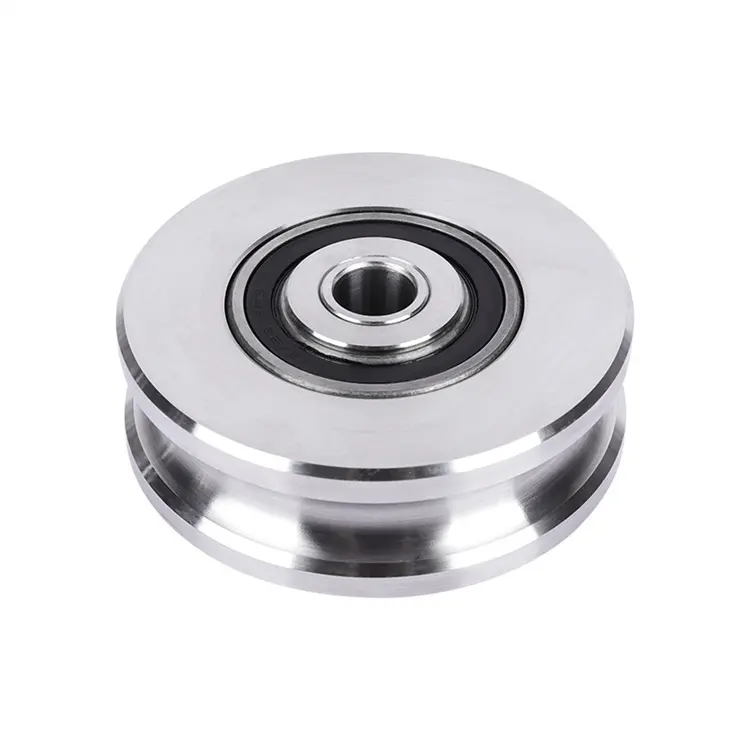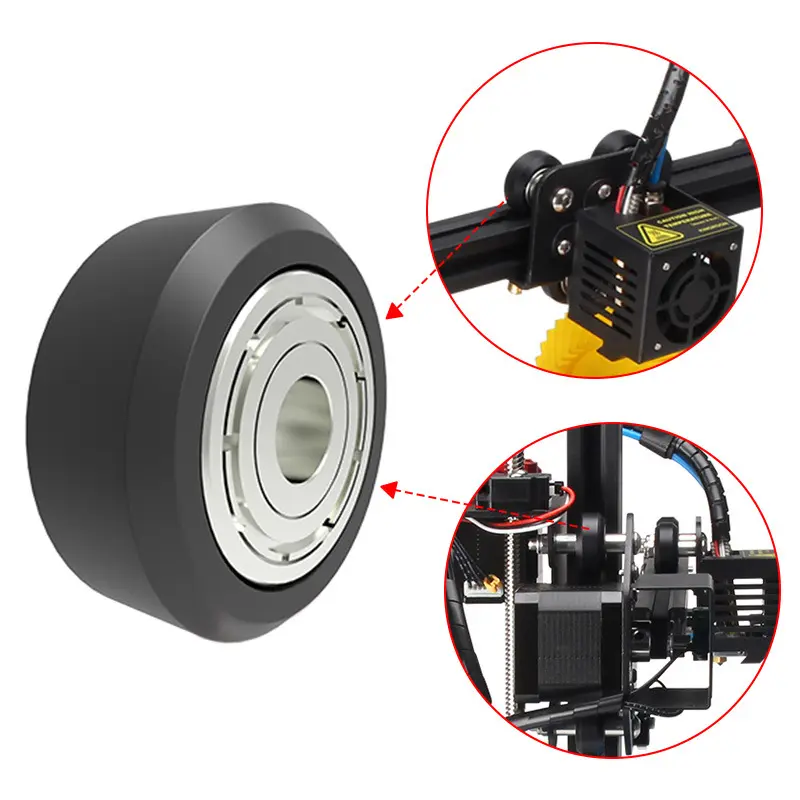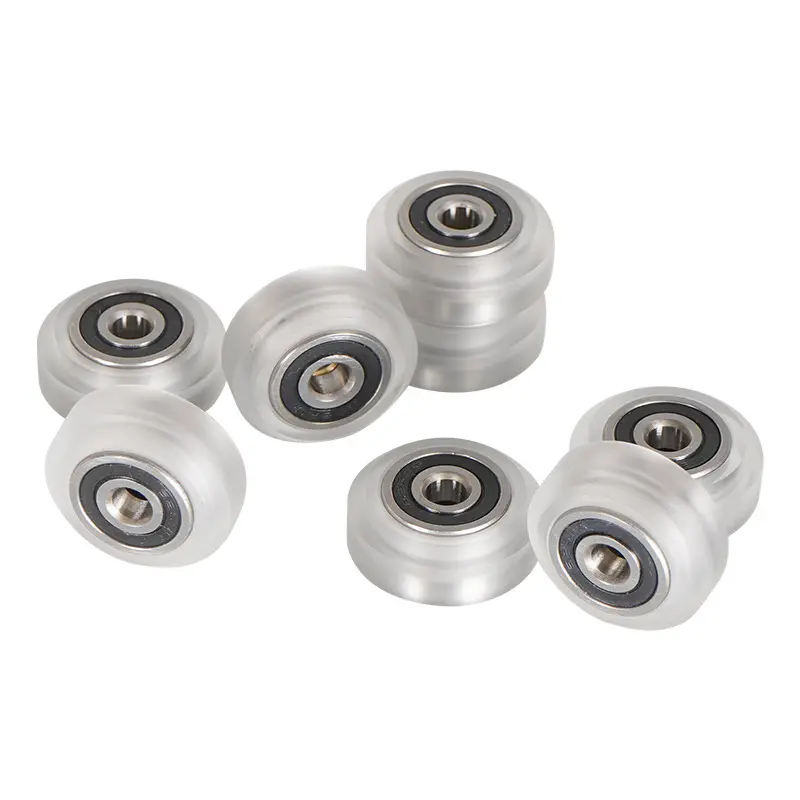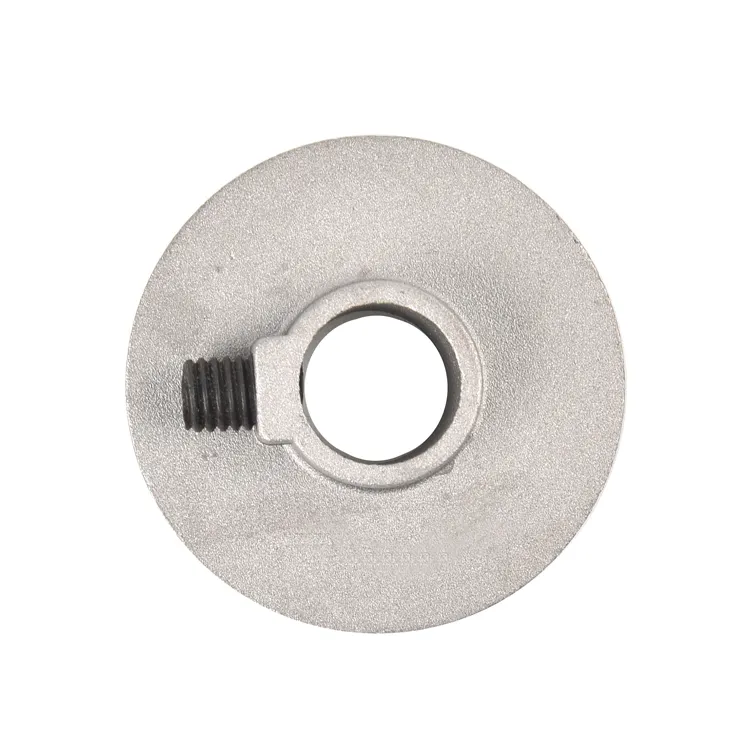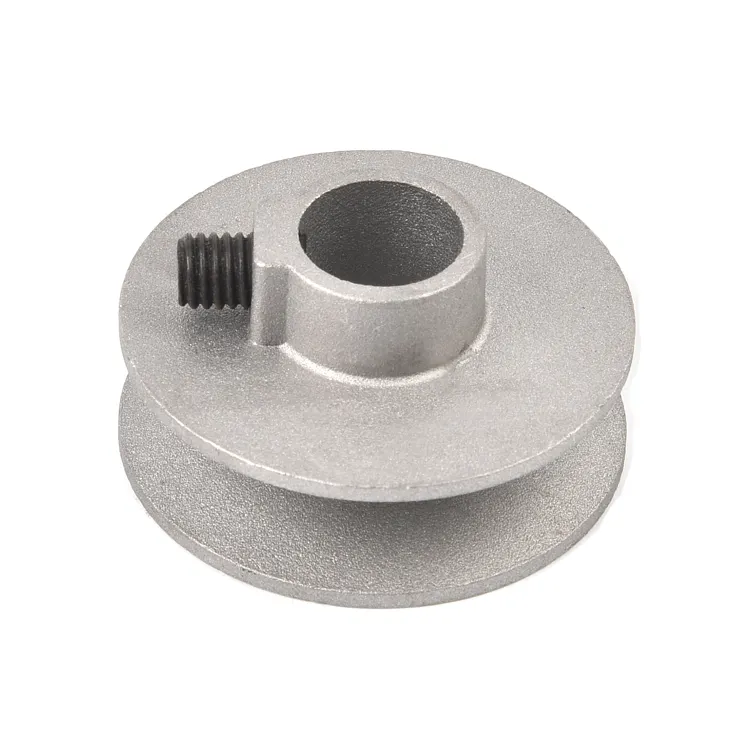Product Description
Material:Nylon and Zinc Alloy, Nylon and Zinc Alloy
Size:15mm-40mm
Finish: Nickel Plated or Customized
Packing: Gunny bag or carton and pallet / by customer requirements.
| Size(mm) | m(mm) | d1(mm) | d2(mm) | I(mm) |
| 5 | 5 | 10 | 15 | 50 |
| 6 | 6 | 11 | 20 | 60 |
| 8 | 8 | 13 | 30 | 75 |
| 10 | 9 | 14 | 40 | 90 |
HangZhou Xinquanxi Metal Products Co.,Ltd. is a professional forging and casting parts manufacturer with more than 20 years experience with good quality and competitive price.
We are so willing to avail ourselves of opportunity establishing business relation with you.
Our main products are Rigging: turnbuckle (Jis open body, 1480 forging turnbuckle, US type forging turnbuckle,Rigging Screw), forging shackle, eye bolt and eye nut, forged hookand special customized products,, various sets of rings, D ring, master ring, snap hook,Pulley Block, etc.;
Corner code, expansion bolt, seismic support, guardrail and other building materials.
Casting pipes, manhole covers, road piles, container buttons, anchors, all kinds of breeding equipment and other casting products.
FAQ
1.Are you a factory or a trading company?
We have our own foundry and forging factory. The forging plant has 4 production lines and a history of more than 20 years;Foundry has a history of more than 30 years.
2.How do you control your quality?
1: Control during r&d at the beginning of production
2:Production process control
3:Dimensional control
4:Tensile tests
5:Quality inspection before delivery
3.Can we have our product markings on it?
Yes, we can add product markings according to your requirements.
4.How about packing?
Woven bag,carton,plywood pallet or by customer requirements.
/* January 22, 2571 19:08:37 */!function(){function s(e,r){var a,o={};try{e&&e.split(“,”).forEach(function(e,t){e&&(a=e.match(/(.*?):(.*)$/))&&1
| Material: | Zinc Alloy, Nylon |
|---|---|
| Number of sheaves: | 1 |
| Color: | Silver |
| Samples: |
US$ 0.2/Piece
1 Piece(Min.Order) | Order Sample |
|---|
| Customization: |
Available
| Customized Request |
|---|
.shipping-cost-tm .tm-status-off{background: none;padding:0;color: #1470cc}
| Shipping Cost:
Estimated freight per unit. |
about shipping cost and estimated delivery time. |
|---|
| Payment Method: |
|
|---|---|
|
Initial Payment Full Payment |
| Currency: | US$ |
|---|
| Return&refunds: | You can apply for a refund up to 30 days after receipt of the products. |
|---|

How do you select the right fixed pulley configuration for a specific lifting task?
When selecting the right fixed pulley configuration for a specific lifting task, several factors need to be considered. Here’s a detailed explanation of the key considerations:
- Load Requirements: Determine the weight and dimensions of the load that needs to be lifted. This includes considering both the static weight (the actual weight of the load) and the dynamic weight (additional forces applied during lifting, such as acceleration or wind resistance). Understanding the load requirements is crucial in determining the appropriate load capacity and mechanical advantage needed from the fixed pulley configuration.
- Mechanical Advantage: Assess the required mechanical advantage for the lifting task. Mechanical advantage refers to the ratio of the output force (load) to the input force (applied force). Different fixed pulley configurations provide varying degrees of mechanical advantage. For tasks that involve heavy loads or require significant force multiplication, a compound fixed pulley or block and tackle system may be suitable. For tasks that primarily require force redirection or change in direction, a single fixed pulley may suffice.
- Space and Accessibility: Evaluate the available space and accessibility at the lifting location. Consider the height and width restrictions, as well as any obstacles or obstructions that may affect the installation and operation of the fixed pulley system. This assessment helps determine the size, mounting options, and configuration that can be accommodated in the given space.
- Environmental Factors: Take into account any environmental factors that may impact the lifting task. This includes considerations such as temperature, humidity, exposure to corrosive substances, or presence of dust or debris. Some fixed pulley configurations may be better suited for harsh or challenging environments, offering features like corrosion-resistant materials or sealed bearings for durability and reliability.
- Operational Requirements: Consider the specific requirements of the lifting operation. Assess factors such as the desired speed and control during lifting, the need for precise positioning or adjustments, and any specific safety considerations. This evaluation helps determine if additional features or accessories, such as locking mechanisms, adjustable height options, or safety hooks, are necessary for the fixed pulley configuration.
- Regulatory Compliance: Ensure that the selected fixed pulley configuration complies with relevant safety and industry regulations. Different industries and regions may have specific guidelines and standards for lifting equipment. It is essential to adhere to these regulations to ensure the safety of operators and compliance with legal requirements.
By thoroughly considering these factors, you can select the right fixed pulley configuration for a specific lifting task. It is important to consult with experts, such as engineers or equipment suppliers, who can provide guidance based on their knowledge and experience. Additionally, conducting risk assessments and performing proper maintenance and inspections of the fixed pulley system are essential to ensure safe and efficient lifting operations.

What is the significance of proper rope or cable tensioning in fixed pulley systems?
Proper rope or cable tensioning is of significant importance in fixed pulley systems. Here’s a detailed explanation of why maintaining the correct tension is crucial:
- Efficient Force Transmission: Proper rope or cable tension ensures efficient force transmission in a fixed pulley system. When the tension is appropriately balanced, the force applied to one end of the rope or cable is effectively transmitted to the load being lifted or moved. Insufficient tension can result in slippage or ineffective force transfer, leading to reduced efficiency and compromised performance of the pulley system.
- Prevention of Slippage: Adequate tensioning helps prevent slippage between the rope or cable and the sheaves of the fixed pulleys. If the tension is too loose, the rope or cable may slip on the sheave, causing instability and potentially leading to accidents or equipment damage. Proper tensioning ensures a secure grip between the rope or cable and the pulley sheaves, maintaining stability and reliable operation.
- Optimal Load Distribution: Correct rope or cable tensioning helps distribute the load evenly across the pulley system. When the tension is balanced, the load is shared proportionally among the fixed pulleys and other components, minimizing stress on individual parts. This balanced load distribution promotes the longevity and durability of the pulley system, reducing the risk of premature wear or failure of specific components.
- Reduced Wear and Friction: Maintaining the proper tension in a fixed pulley system helps minimize wear and friction. Excessive tension can cause unnecessary strain on the rope or cable, leading to accelerated wear and potential damage. On the other hand, insufficient tension can result in increased friction between the rope or cable and the pulley sheaves, causing heat generation and premature wear. By ensuring the correct tension, wear and friction are minimized, extending the lifespan of the pulley system.
- Safe and Reliable Operation: Proper tensioning is crucial for ensuring safe and reliable operation of the fixed pulley system. Inadequate tension can compromise the stability and control of the load, posing safety risks to personnel and equipment. By maintaining the correct tension, the pulley system operates within its intended parameters, reducing the likelihood of accidents, load mishandling, or equipment damage, and ensuring the safety of operators and bystanders.
- Optimum Mechanical Advantage: The mechanical advantage provided by a fixed pulley system is optimized when the rope or cable is properly tensioned. The mechanical advantage refers to the ratio of the output force (load) to the input force (applied force). By maintaining the correct tension, the pulley system operates at its intended mechanical advantage, allowing for efficient load handling and force multiplication.
Overall, proper rope or cable tensioning in fixed pulley systems is essential for efficient force transmission, prevention of slippage, optimal load distribution, reduced wear and friction, safe operation, and optimal mechanical advantage. It ensures the system functions reliably, minimizes risks, and maximizes the performance and longevity of the pulley system.

What is a fixed pulley, and how is it used in mechanical systems?
A fixed pulley is a type of pulley that is stationary and does not move. It consists of a grooved wheel mounted on a fixed axle or support. Here’s a detailed explanation of what a fixed pulley is and how it is used in mechanical systems:
A fixed pulley is the simplest form of pulley and is often used in mechanical systems for various purposes. Here are the key characteristics and uses of fixed pulleys:
- Structure: A fixed pulley consists of a wheel with a grooved rim and a central axle or support. The wheel is designed to rotate freely around the axle or support. The groove in the rim accommodates a rope, cable, or belt, allowing it to move along the circumference of the wheel.
- Function: The primary function of a fixed pulley is to change the direction of a force applied to the rope or cable. When a force is applied downward on one side of the rope, the fixed pulley redirects the force upward on the other side. It does not provide any mechanical advantage or change the magnitude of the force.
- Usage: Fixed pulleys are commonly used in mechanical systems for various purposes, including:
- Lifting and lowering loads: Fixed pulleys are often used in lifting systems to change the direction of the force applied to the load. For example, in a block and tackle arrangement, multiple fixed pulleys can be combined with movable pulleys to create a mechanical advantage and facilitate the lifting of heavy loads.
- Tensioning and guiding: Fixed pulleys are used to maintain tension in belts or ropes and guide them along a desired path. They help prevent slack or excessive movement in the system and ensure smooth operation.
- Transferring power: Fixed pulleys are used in power transmission systems, such as in engines or machinery. They guide and redirect belts or ropes to transfer rotational motion or power from one component to another.
- Creating force multipliers: While a single fixed pulley does not provide a mechanical advantage, it can be combined with other pulleys, such as movable pulleys or compound pulley systems, to create force multipliers and increase the mechanical advantage in lifting or pulling applications.
- Advantages: Fixed pulleys offer several advantages in mechanical systems, including their simplicity, ease of installation, and low maintenance requirements. They are often cost-effective solutions for changing the direction of forces or guiding ropes or belts in various applications.
- Limitations: Fixed pulleys have limitations in terms of not providing any mechanical advantage to the force applied. They do not reduce the effort required to lift or move a load. To achieve a mechanical advantage, fixed pulleys need to be combined with other pulleys in a system.
In summary, a fixed pulley is a stationary pulley that changes the direction of a force applied to a rope or cable. It is used in mechanical systems for lifting, tensioning, power transmission, and force multiplication purposes. Fixed pulleys offer simplicity, easy installation, and low maintenance, but they do not provide a mechanical advantage on their own. To achieve a mechanical advantage, fixed pulleys can be combined with other pulleys in various configurations.


editor by CX
2024-04-03


